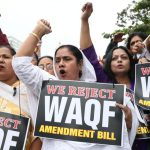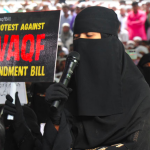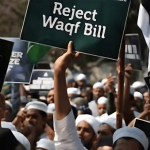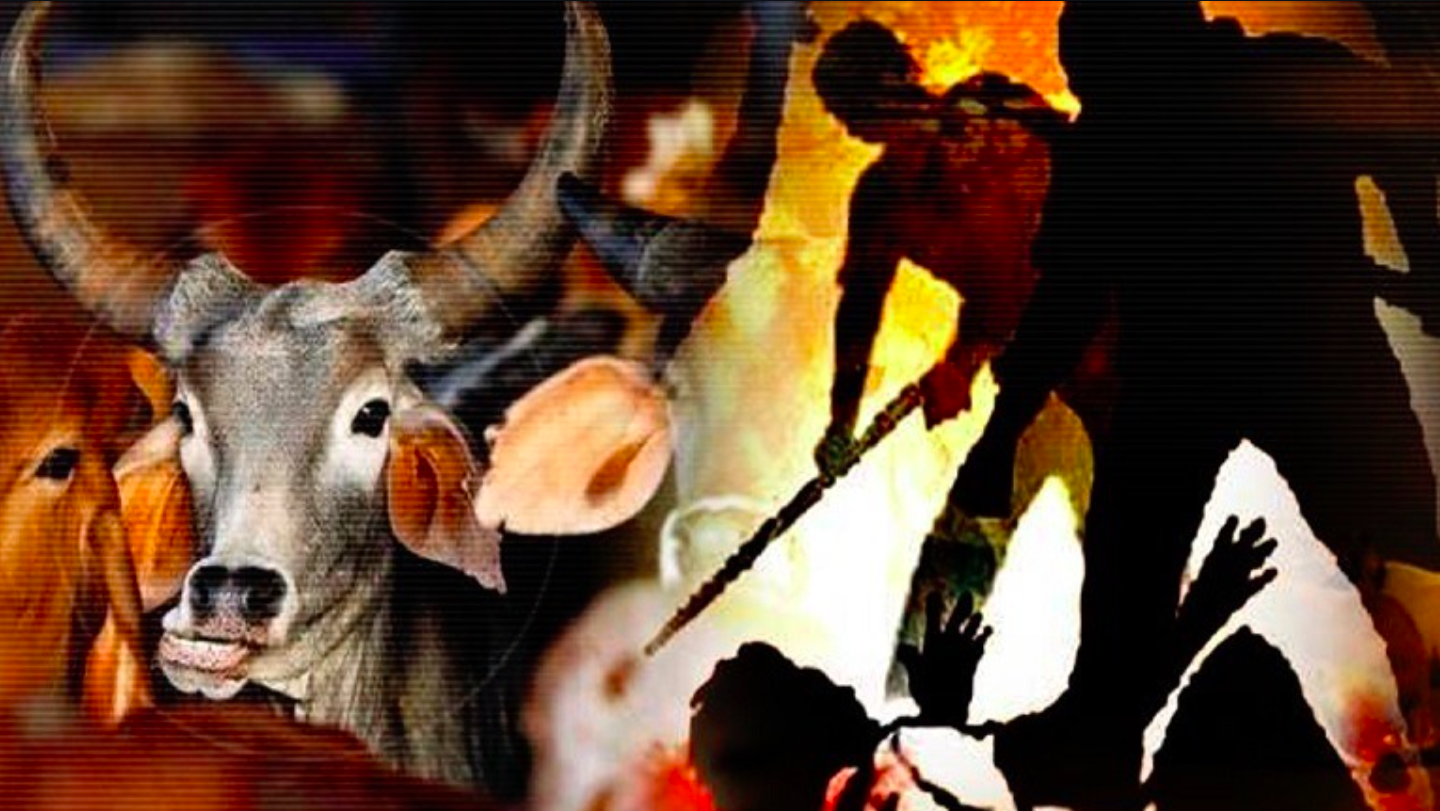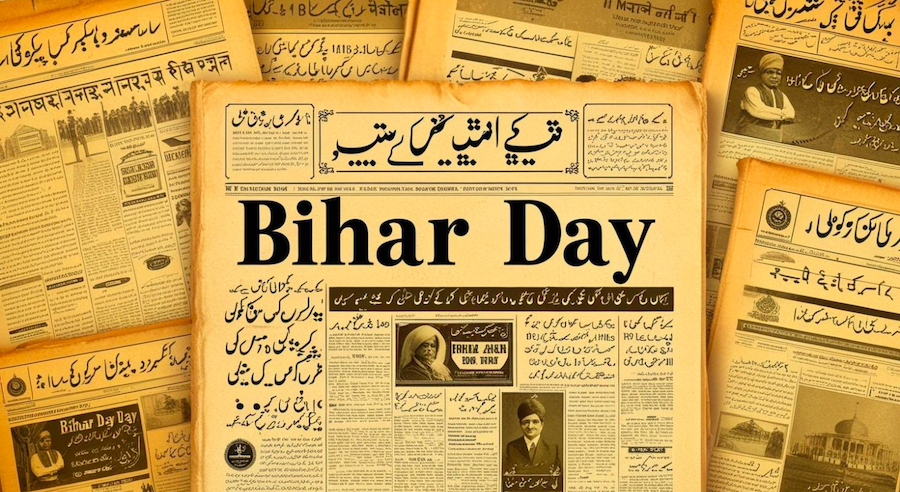Ranja Sengupta
Impact of the agreement on livelihoods of small producers, farmers and workers and on access to food, medicines, energy and natural resources is causing worry…
Concerns have been expressed for some time by policymakers, analysts, NGOs, and affected groups about the impacts of the ambitious EU-India Free Trade Agreement (FTA) — being currently negotiated — on vulnerable groups in India.
In particular, impact on livelihoods of small producers, farmers and workers and on access to food, medicines, energy and natural resources, including land, water, forest products and minerals is causing worry.
The Recent ‘Right to Food Impact Assessment (RFIA) of the EU-India FTA’ published by Misereor, Heinrich Boell Foundation, Glopolis, Third World Network and Anthra finds evidence of significant threats to both livelihoods and to the direct access to food of millions of agricultural farmers, workers and poor consumers in India.
The RFIA concentrates in particular on dairy and poultry farmers, informal retail workers and on land & investment.
According to various reports, the EU has asked India to remove dairy and poultry products from its list of protected products (negative list) and is asking for unfettered entry of European retailers into both the single and multi brand retail sectors where foreign direct investment (FDI) is currently restricted or prohibited.
Based on current impact assessment studies, India’s gains are highly unequal, both across sectors and within sectors, and lie mainly in narrow service sector segments and in garments & leather.
In addition, the process of negotiations is secret and undemocratic where negotiating texts are not shared in the public domain on either side.
In India, no parliamentary ratification is required for the passage of the agreement.
The value of Indian agricultural production and trade remain low but it is important in this FTA because growing income in the hands of India’s middle classes is attracting European producers to India’s buoyant food market. Indian agriculture is highly protected and the EU wants access for its high value agricultural products such as wines, spirits and beverages, as well as agro processed products, dairy, poultry, cereals and fisheries (industrial product in trade rules).
It is hardly a balanced scale. India’s numerous small producers, unlike their European counterparts, are crippled by low technology, lack of resources, skills and education, infrastructure and state support. 65% of Indian farmers are marginal farmers who own only 20% of total land, with an average holding size of 0.38 hectares.
The sector supports 70% of Indians (about 700 million), 75.38% of women workers and a large chunk of tribal, indigenous communities. Small farmers eat part of what they produce even if marketed surplus is low. Their ability to feed themselves is intrinsically linked to their livelihoods as farmers and their ability to sell.
Access to food is already a critical issue in India. According to FAO estimates for 2006-8, 224 million or 26.9% of the Indian population were living in chronic hunger.
By profession, agricultural workers and small and marginal farmers are the most affected. Rural poverty estimates vary between 28% and 87% and India’s Human Development Indicator (HDI) stands at 0.619.
However, this poverty and hunger is not one which can be met by processed food imports, but by enabling India’s food production and its distribution in a more even manner across economic and social classes as well as regions.
In this already precarious situation, this FTA may make major inroads for European exports.
The Agreement asks for total removal of applied (actual) tariffs on 92% of products and may have limited provisions for safeguards. With higher tariffs, India cuts much more.
European subsidies cannot be negotiated under this FTA as it is a multilateral issue and easing of EU’s non tariff measures like high standards and technical/processes are likely to be highly limited.
In addition to retail, likely investment provisions can affect access to land, water (including for fishing) and natural resources. EU has also made TRIPS plus IPR demands related to agriculture.
Not surprisingly, projections point towards the uneven gains in agriculture in this FTA.
According to an EC commissioned impact assessment by CEPII-CREM (2007), projections for 2020 show that while EU will gain USD 321 million in agro food products, India will gain only 83 million USD.
Similarly, EU will gain 133 million USD in cereals while India gains only 7 million USD. In products from animal origin, EU gains 150 million USD compared to 1 million for India. In primary products EU gains 5128 million USD while India gains 39 million USD.
According to the RFIA, there are 14 millions farmers in India’s dairy sector mostly small and marginal farmers.
The current tariff on skimmed milk powder (SMP) is 15% up to 30,000 tonnes of imports under a tariff rate quota or TRQ, and 60% on residual imports. EU wants tariffs cut to 0 to increase production and maintain options for export refunds in CAP.
In the past, tariff cuts on SMP have been costly for Indian farmers. In 1999, once quantitative restrictions were lifted with zero tariffs, European exports increased from 600 to 25,000 tonnes. In 2009, the TRQ was extended from 10 to 30,000 tonnes and imports reached the limit immediately.
The Report predicts that the higher imports as a result of the FTA will depress producer prices, reduce income, increase farmers’ debts and will restrict the right to food of smallholders.
It will also disconnect national supply from the growing demand within the country and transmit global volatility, often at risk to consumers.
In the poultry sector, 96 million small, marginal and landless agricultural households keep 85% of poultry stock and it acts as core support and a risk diversifying system for subsistence farmers and growing income source for small contract farmers.
Poultry meat is currently protected in India with a 100% import duty. Being the third largest exporter globally, EU has shown clear interest in this sector.
EU exports chicken legs, not in demand within EU, at very low prices and there is high demand within India for legs. But Indian producers cannot sell breasts to EU because of the latter’s high standards.
The RFIA argues that plagued already by high production cost, debts, and high price sensitivity, European exports can threaten small contract farmers’ right to food by threatening their productive and selling capacity.
Even if backyard poultry keepers are not directly affected, the environment towards maintaining RTF can be challenged.
The retail sector in India is the second most important job market and provides 37 million jobs, largely in the informal sector.
Job alternatives are low, particularly for the 10 million poor and often food insecure hawkers (vendors). Food accounts for 74% of retail revenues and is an important market for small scale farmers.
Hawkers offer low prices for poor consumers but even middle class consumers buy from them.
The supermarkets in Delhi were found to be cheaper in processed, labeled and packaged food targeted towards the middle class and rich consumers.
Even though a recent attempt by the Indian government to open up multi brand retail to FDI failed in the face of huge opposition, the FTA may allow FDI up to an equity cap of at least 51% in multi-brand retail and 100% in single-brand if EU’s demands are met by India.
The Report finds that this can impact jobs of small retailers who already faced 15% decline in profit in 21 months and 4.2% annual closure rate near modern retail formats.
Carrefour has predicted 1.8 million direct and indirect new jobs through supermarkets within five years, with increased market share from 4.1 to 43-48%.
However, even if this can be actually done, this would mean a loss of 2.9-5.7 million informal jobs.
Small farmers will also lose as big supermarkets usually buy from large farmers with higher education, land size, capital and efficiency.
Established EU sources for processed food may also displace domestic suppliers due to tariffs cuts. Poor consumers also stand to lose as hawkers get pushed out.
The disappearance of small retail in India therefore will threaten the right to food of small retailers, farmers and consumers, the Report highlights.
Along with specific provisions related to goods and services trade liberalization, the RFIA recommends that EU and India should both conduct their own Human Rights Impact Assessments (HRIAs), and include human rights clause that takes into account the impact of EU’s own demands as a result of this FTA and allow for revisions of harmful provisions along with monitoring mechanism.
Based on this and other analyses from a development and rights perspective, it is clear that this FTA needs a major overhaul if it has to serve the needs of Indian people at large.
Given the unequal gains in this agreement where gains will go to only a few sectors and people, we really need to think about different models. We need to strengthen the domestic sector, local food production and distribution for and by our people.
(Ranja Sengupta works as Senior Researcher, Third World Network, based in New Delhi and this article was first published in Sopan Step)
The views expressed in this article are the author’s own and do not necessarily reflect BH’s editorial policy.



